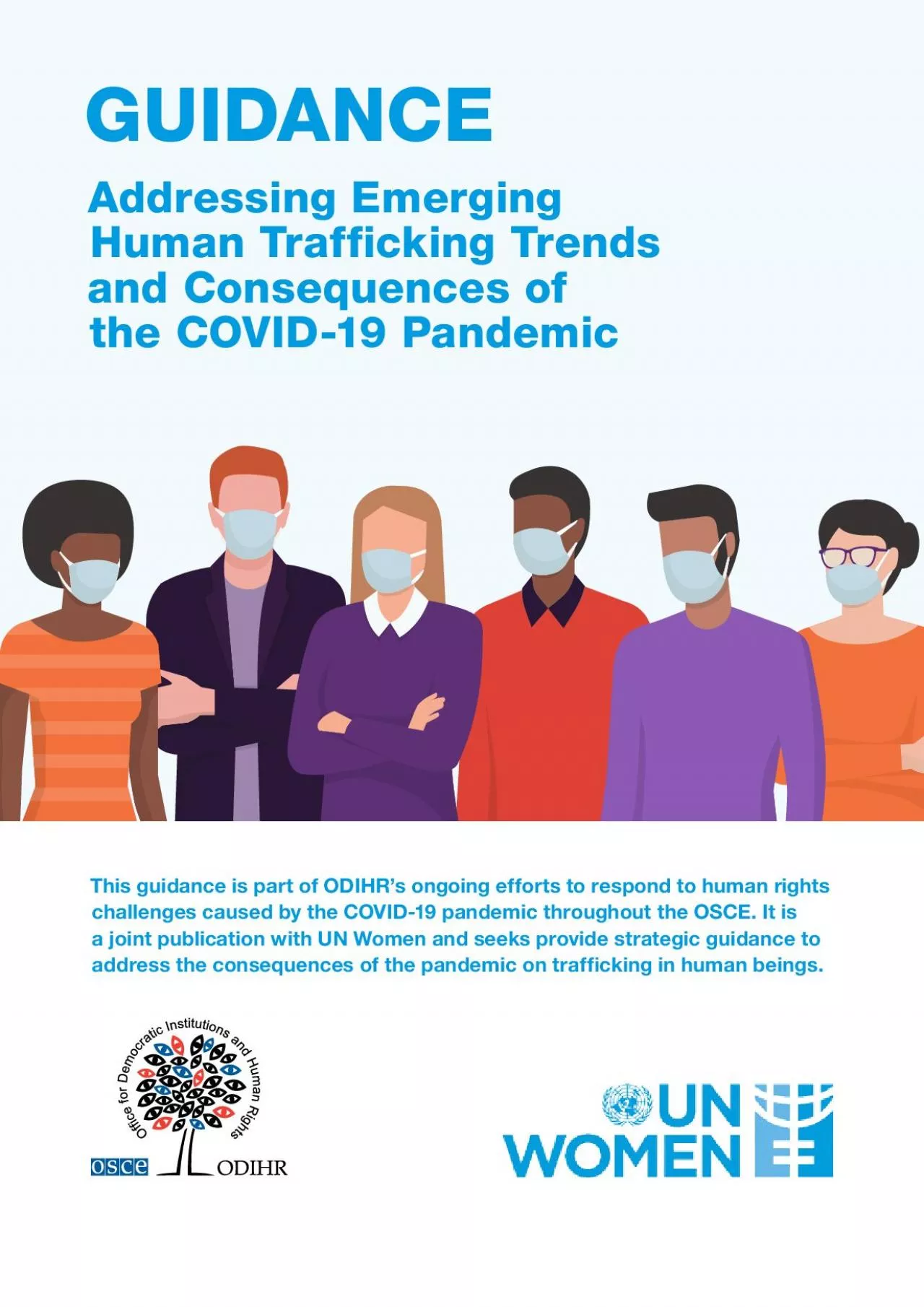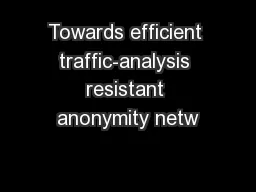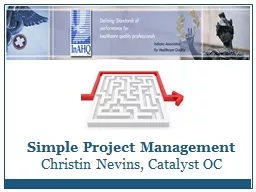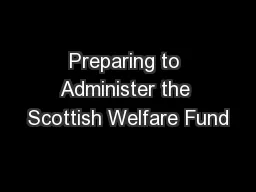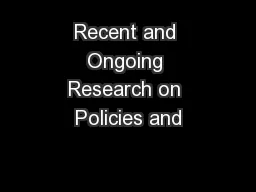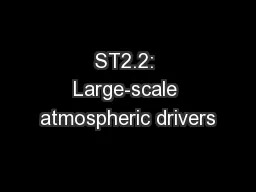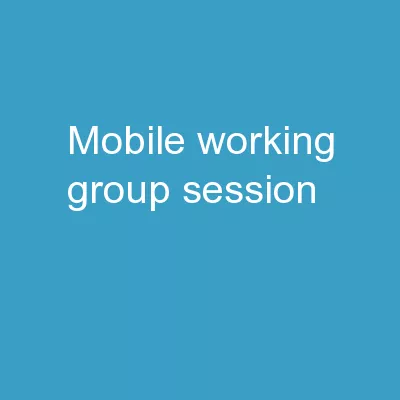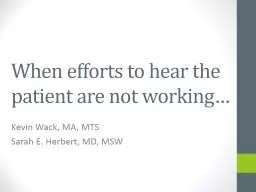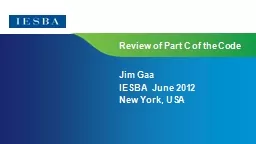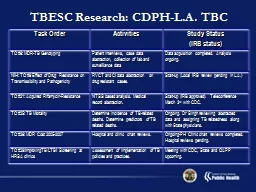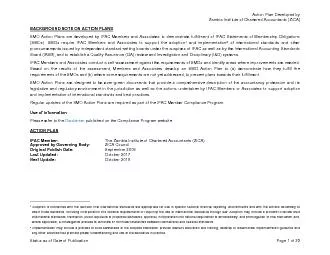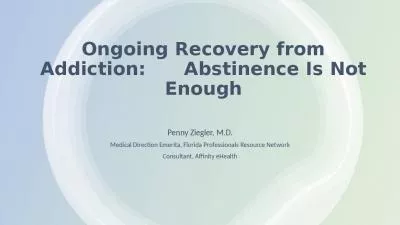PDF-This guidance is part of ODIHR146s ongoing efforts to respond to hu
Author : esther | Published Date : 2021-06-15
GUIDANCEAddressing Emerging Human Trafficking Trends and Consequences of the COVID19 Pandemic CONTENTSIACKNOWLEDGEMENTSIIEXECUTIVE SUMMARY1INTRODUCTION2OBJECTIVE
Presentation Embed Code
Download Presentation
Download Presentation The PPT/PDF document "This guidance is part of ODIHR146s ongoi..." is the property of its rightful owner. Permission is granted to download and print the materials on this website for personal, non-commercial use only, and to display it on your personal computer provided you do not modify the materials and that you retain all copyright notices contained in the materials. By downloading content from our website, you accept the terms of this agreement.
This guidance is part of ODIHR146s ongoing efforts to respond to hu: Transcript
Download Rules Of Document
"This guidance is part of ODIHR146s ongoing efforts to respond to hu"The content belongs to its owner. You may download and print it for personal use, without modification, and keep all copyright notices. By downloading, you agree to these terms.
Related Documents

